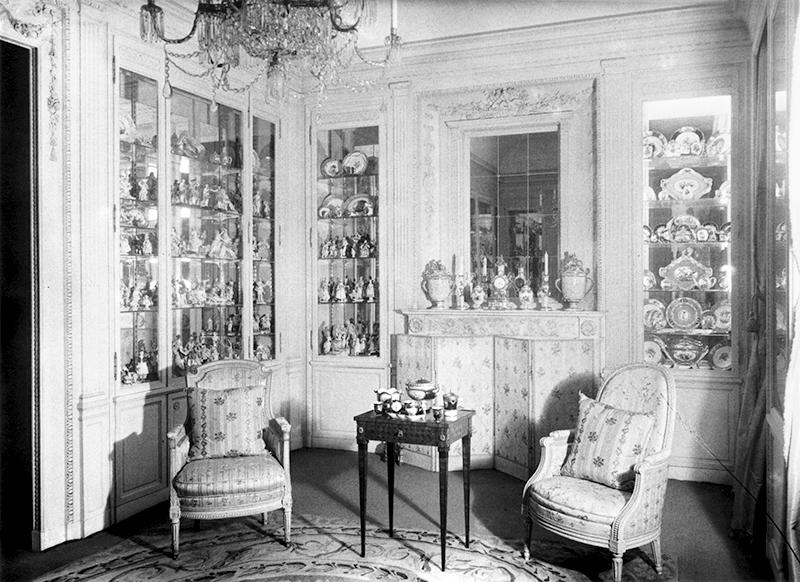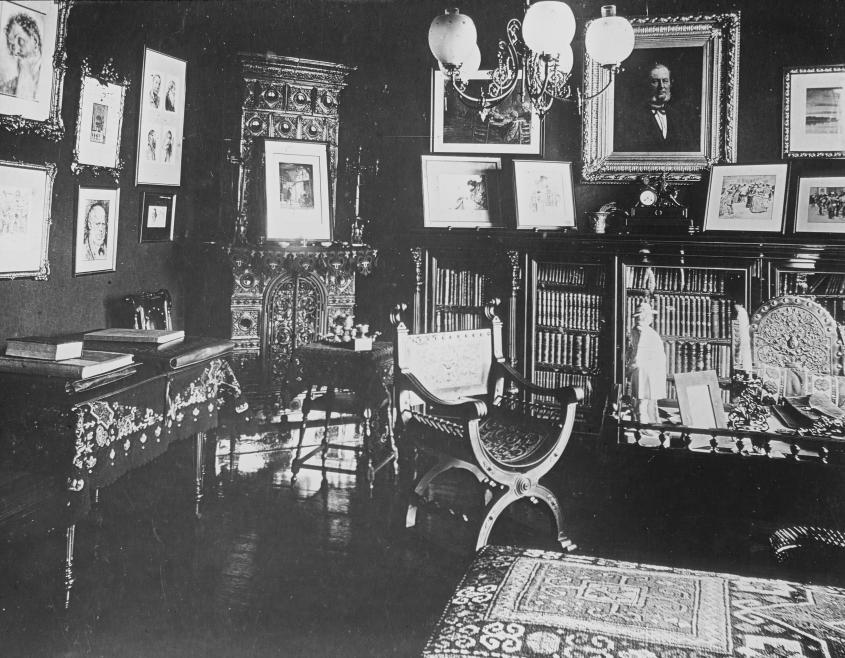Jewish collectors
The German Lost Art Foundation is focusing on Jewish collectors and art dealers within the research database Proveana. The aim is to raise the visibility not just of the collections themselves, some of which are significant, but also the regional networks they formed and in which they emerged. The basis is provided by data from the “Provenance Research Module” (formerly available at www.lostart.de), which is being processed, updated and expanded to include further collections. The data relating to collections that belonged to Jewish families is gradually being expanded, also bringing to light the cultural wealth that once existed and was lost through National Socialist looting.

From the end of the 19th century onwards, the cities of the German Empire developed into important centres for the trading and collection of art and cultural objects, from ancient to contemporary. As research focusing on regional and genre-related aspects shows, art collection and patronage became the core social mission of the wealthy bourgeoisie around 1900, with collections becoming “insignia of social affiliation” (Pomian: Der Ursprung des Museums, 1988, p. 63). Families of Jewish origin were among the leading sponsors and patrons of cultural institutions, especially museums.
The investigation of collections belonging to Jewish families raises several fundamental questions of scholarship. What defines a collection? When can a person be referred to as a Jew or Jewess, and was this designation subject to change? What constitutes a “Jewish” collection? What role did (married) women play in the creation of collections?

As part of the data collection process for Proveana, records are created on individuals, collections and also events such as auctions and exhibitions, as well as from literature and archival sources. The collections are named based on the sources used and include the name of the collector. New data sets are published on an ongoing basis. The keyword “Jewish collectors” can be used to retrieve all records with a thematic reference. Use of the facets allows the search result to be further filtered, for example by record type (person, collection, etc.) or geographical reference. An overview of the collections is also available on an interactive map.
Collections were sometimes deliberately created and met high scholarly standards; others developed randomly over an extended period of time, for example for the purpose of prestigious furnishing of residential premises. Collection items were diverse, ranging from paintings by prominent artists and ethnographies to porcelain, books, arts and crafts. Ultimately, a collection would seek to satisfy thematic or aesthetic criteria, as well as reflecting the individual tastes of the collector. The activity of collecting varied between material and non-material self-affirmation, serving the purpose of prestige, education, connoisseurship and aesthetic pleasure. Collectors often acted as advisers and mediators to art dealers and art experts, giving rise to complex, sometimes transnational networks.


Some collections were created in a private setting, hidden from the public, while others were very much in the public eye and accessible to all. Semi-public forms of accessibility were also typical of private collections. When collectors made their works available for exhibitions, the visibility of collections was raised by museums and galleries, and scholarly analyses were often published. In return, public institutions benefited from interaction with private collectors in that they received individual items or even entire collections as gifts or bequests.
It is often impossible to draw a clear line between the activities of collecting and trading works of art: dealers were also collectors, while collectors in turn acted as “marchand-amateurs” or “gentleman dealers”.
Piecing together the collections and trading portfolios belonging to Jewish citizens which were broken up also demonstrates just how extensively the Nazi regime destroyed Germany’s cultural wealth. Collectors are listed here who belonged to the Jewish religious community or who were persecuted as Jewish according to the criteria of the Nuremberg Laws (from 1935 onwards). National Socialist art looting was an integral part of the Holocaust: from the outset, anti-Semitic discrimination and persecution of Jews involved organised looting of their property. Occupational bans, forced business closures and confiscation of assets sought to achieve the complete economic plundering of the Jewish population. Collections were taken into exile by their owners, sold under duress or confiscated. Today, these collections are scattered all over the world.
Contact: proveana@kulturgutverluste.de
Project staff:
Dr. Lisa Hackmann
Dr. Maike Brüggen
Emilia Krellmann

